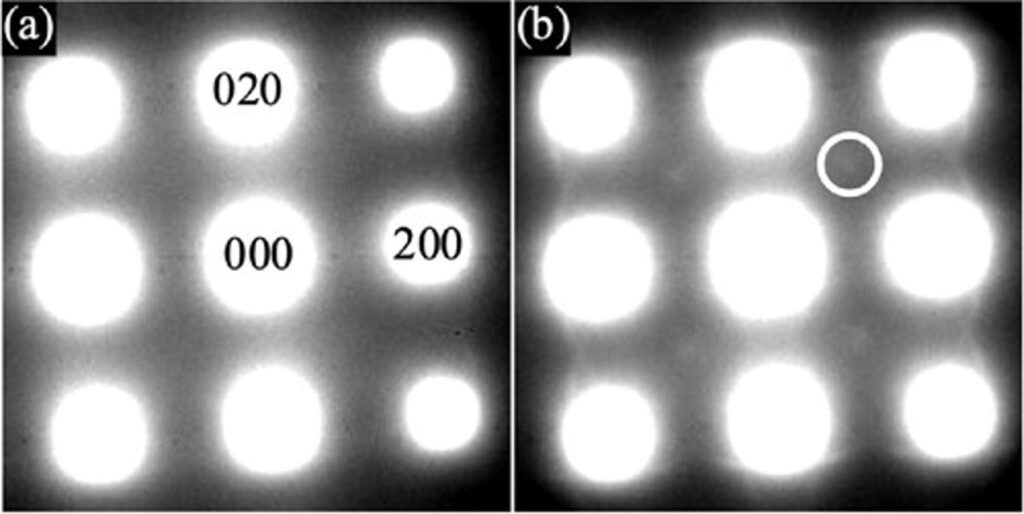
When measuring the properties of a particular material, you want to make sure your sample is as clean as possible. But sometimes a well-intentioned effort to purify can make things worse.
Just ask Lindsay Greer, a professor of materials science at the University of Cambridge. He and his colleagues discovered measurements they reported in 2022 were actually an artifact of a cleaning agent used to prepare their sample.
Greer became aware of the issue during unsuccessful attempts to replicate his lab’s discovery of magnetic properties in an alloy their collaborators had made. Instead, they found oxidation from a cleaning product had contaminated their original results. The error led to a retraction, a declined grant, a commentary describing their troubleshooting — and a story about science working as it should.
“I have given several scientific talks that included our retraction story,” Greer said of the paper, which was retracted in December 2024. “Audience reaction has been uniformly positive.”
The now-retracted paper, published in 2022 in Advanced Science, described the unexpected discovery that a fabricated material had desirable magnetic properties, indicating the presence of an alloy called tetrataenite. Materials with these properties typically include rare-earth metals, which can be costly and environmentally damaging to obtain. The new material did not contain these elements, so it seemed like it “might be a long-sought route to high-performance magnets without rare-earth content,” Greer told us.
The findings the researchers reported “were entirely accidental,” Greer said. “We were looking for good mechanical properties, not good magnetic properties.”
News stories and press releases touted the discovery of the alloy’s magnetic properties as a new way to make tetrataenite, dubbed a “cosmic magnet.” The group applied for a patent on the material and a grant from the European Union to fund their efforts to optimize its magnetic properties.
“While awaiting a decision on that funding,” Greer said, he had members of his lab who were not on the original paper test new, related materials. However, they found “absolutely no evidence” for the component of the material responsible for the magnetic properties. They tested a new batch of the original material made in a different lab and a sample from the original, and did not find this component in either.
Greer told us once the lab was unable to replicate the original results with the original material, he contacted the journal to begin the retraction process, declined the EU grant funding, and stopped pursuing the patent on the material.
Further studies in Greer’s lab revealed what caused the original incorrect results — a surface oxide induced by a cleaning procedure, Greer told us. “Ironically, trying to use the best ‘cleaning’ of the sample had achieved the opposite!”
The original article has been cited 19 times, according to Clarivate’s Web of Science, including three citations since its retraction on Dec. 18, 2024. Greer does not have any other retracted papers.
A spokesperson for Wiley, which publishes Advanced Science, told us, the “authors’ willingness to flag errors that potentially undermine their findings, as was the case here, in order to correct the record, is a healthy part of the research and publishing process.”
The researchers who discovered the contamination issue wrote a commentary describing their attempts to replicate the original findings. The paper, titled “Reinterpretation of report of tetrataenite in bulk alloy castings,” was published in Advanced Science around the same time as the retraction notice for the original paper.
Like Retraction Watch? You can make a tax-deductible contribution to support our work, follow us on X or Bluesky, like us on Facebook, follow us on LinkedIn, add us to your RSS reader, or subscribe to our daily digest. If you find a retraction that’s not in our database, you can let us know here. For comments or feedback, email us at [email protected].
Thank you for the story. This is a great example of how transparency in the retraction process can provide valuable lessons for other researchers. Unfortunately, this is an outlier.
It’s encouraging to finally see a “good” retraction!